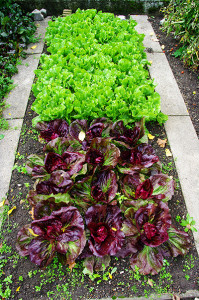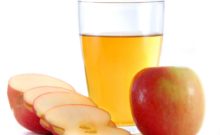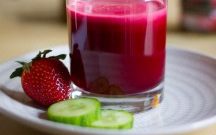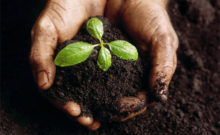 What Does Organic Really Mean?
What Does Organic Really Mean?
Let’s be very clear on a topic that can be very confusing: Organic is not the same as sustainable. Organic produce and other products are grown or manufactured without pesticides, synthetic fertilizers, or genetically modified organisms. Organic produce is still grown on a farm, and while some farmers may practice sustainable farming, not all can or do. Organic animals aren’t raised with antibiotics or growth hormones. Determining what organic is can easily be found on the labels of certified organic products. But, what do all those phrases mean?
Just The Facts Ma’am!
- Organic products are those that are grown without the use of pesticides, fungicides or chemical fertilizers.
- The land for growing organic foods must be free of prohibited substances for at least three years. Prohibitive substances include chemicals such as sodium nitrate and tobacco dust – to name a few.
- Organic meat, poultry, eggs and dairy should be from animals that have not been given antibiotics or growth hormones.
There’s More Than One Kind of Organic?!
There are different types or levels of organic products. The companies are required to print the appropriate level. Countries that include certified organic labels include the United States USDA certified, European Union, Australian Certified Organic, and Canadian Certified Organic Logo. You may have noticed labels that say “organic”, “100% organic”, or even “Certified GM-Free” or any combination of these and others on your produce. We are going to give you a quick guide to understanding what these terms mean and how they can help you to determine what to put in your basket.
Deciphering the Label
- “100% Organic” means the product contains 100% USDA certified organic products. These products are allowed to use the USDA Organic Seal.
- “Organic” means a product contains at least 95% organic ingredients. The other five percent can be non-organic allowed ingredients.
- “Made with organic ingredients” means the product contains at least 70% organic ingredients. 30% can be non-organic allowed ingredients or even non-organic agricultural ingredients.
- “GM-Free” means no genetically-modified ingredients.
- “All-Natural” means it doesn’t contain synthetic or artificial ingredients (NO flavors, colors, chemical preservatives).
- “Free-range” refers to poultry that have access to the outside (this doesn’t mean they are running all over- just that they see the sunshine and hopefully grass)
- “Certified Humane” means the animal was raised humanely with ample space, shelter, fresh water and feed. The feed has no added hormones or antibiotics, from birth through slaughter.
- “Grass-Fed” means the animals are pasture raised and free roaming. Although not certified organic, grass fed can sometimes be healthier than organic beef.
- “Cage-Free” means the animal was raised in healthy conditions.
- “Hormone-Free” refers to dairy products raised without synthetic hormones.
What’s Happens Next
Living an organic lifestyle, and, in particular, eating organic food, has become very popular in the last few years. However, navigating the confusing maze of food labels, and all the benefits and the claims can be confusing. Is organic food healthier? Yes, in many ways it is. Is it more nutritious? Yes, most organic food contains higher levels of healthy nutrients than conventionally produced food and your body can easily assimilate the nutrients. Are organic products better for the environment? In general, yes, organic products are better for the environment, because fewer pollutants are created from the transportation and manufacturing processes. It’s up to you to read the labels and learn about what you are putting into your body and bringing into your home. Nevertheless, I hope we have helped make this a little easier for you. Another way to make your organic lifestyle easier is by spending time at your local farmers markets getting to know the farmers. You can cultivate great relationships and maybe learn how to create a little organic urban farming of your own.
Applications & Resources
- Check out Greener Choices to help you decode some of those confusing labels
- Go to Code Federal Regulations website for more on how organic farming is regulated



